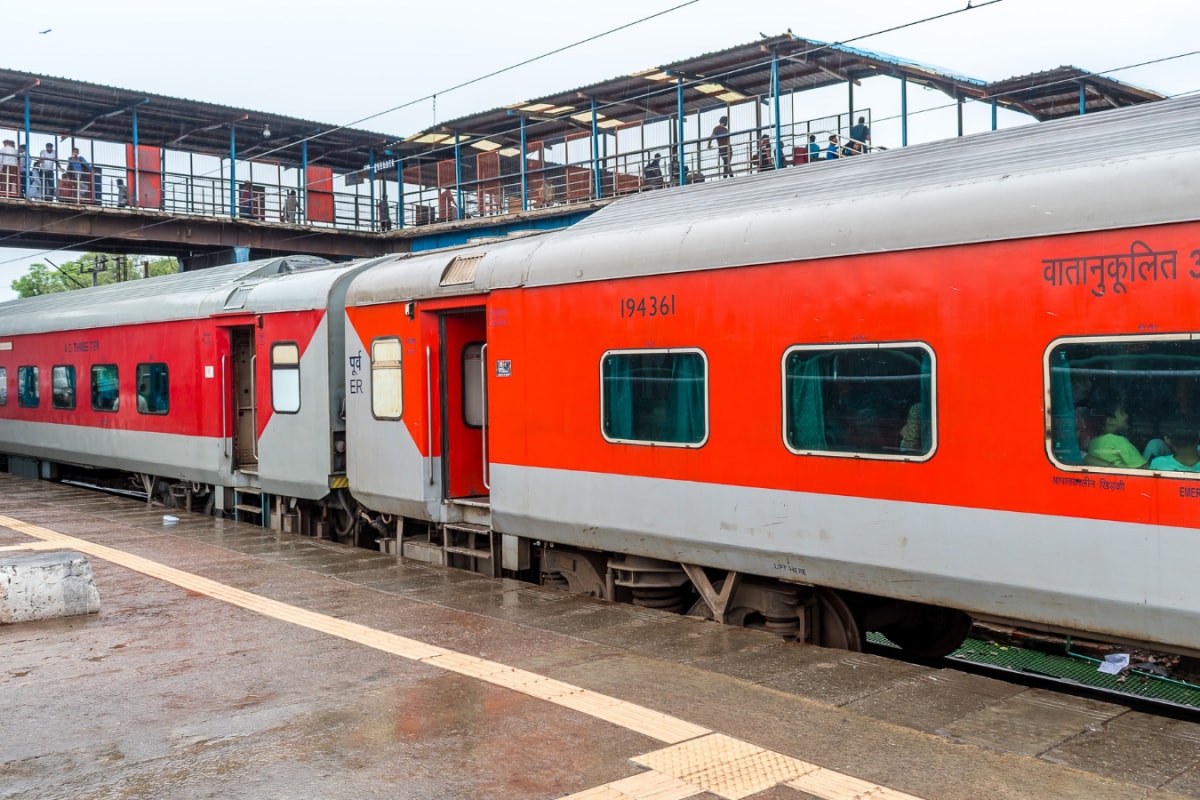

Indian Railways has achieved a new milestone in passenger bookings, recording 81 crore reserved bookings in the financial year 2024-25. This marks a substantial increase of 65% compared to the figures from 2014-15, highlighting a significant shift in passenger preferences and the growing capacity of the railways.
This surge in reserved class travel is indicative of several underlying factors. A senior railway official noted that the improved paying capacity of middle-class passengers has contributed to the rise in reserved ticket bookings. This suggests a broader trend of economic progress and increased affordability, enabling more people to opt for the comfort and convenience of reserved travel. Concerns about health and hygiene, particularly in the wake of the COVID-19 pandemic, have also played a role in passengers choosing reserved compartments. The availability of online booking options has further added to the appeal, offering greater predictability and ease of planning.
While reserved bookings have soared, there's a nuanced picture regarding unreserved travel. Overall passenger traffic rose by over 5% year-on-year, with a total of 715 crore passengers traveling via Indian Railways between April 1, 2024, and March 31, 2025. This total number is still less than the pre-COVID period of 2019-20, when the total passenger count stood at 808.57 crore. Unreserved ticket bookings in suburban areas have shown a strong recovery since 2021-22, reaching 4.2 billion in 2024-25. However, unreserved bookings in non-suburban regions have not returned to pre-pandemic levels, suggesting a lasting change in travel choices.
In FY25, Indian Railways earned ₹75,750 crore from the passenger segment, which is up 7.15% from ₹70,693 crore in FY24. The railways' FY25 earnings from freight services rose 1.61% to ₹1.71 lakh crore. In 2024-25, the total number of passengers was 735 crore, which is around 6% more than the previous year.
To cater to increased passenger volume and improve efficiency, Indian Railways has been actively working on infrastructure upgrades and technological enhancements. Electrification, expansion of lines, and doubling of tracks are ongoing to improve speed and efficiency. The operational efficiency of IR has improved, extending the speed potential of 110 kmph for trains across 80,000 km. Upgradation and improvement of about 23,000 km of track has been done from 2014-15 to 2024-25 for a speed potential of 130 kmph. Indian Railways is also incorporating artificial intelligence (AI) to enhance its systems and processes and is utilising AI models to optimize seat allocation and improve confirmation rates.
Looking ahead, Indian Railways is aiming to carry 7.5 billion passengers in 2024–25. To achieve this, Indian Railways is implementing a marginal hike in passenger fares, effective July 1, 2025. While suburban train travel and second-class travel for up to 500 km have been spared from any fare hike, a 0.5 paise per kilometre hike will be implemented for distances more than 500 kilometres. Fares for non-AC mail and express trains will rise by 1 paisa per kilometre, while AC classes will see a 2 paise per kilometre increase.